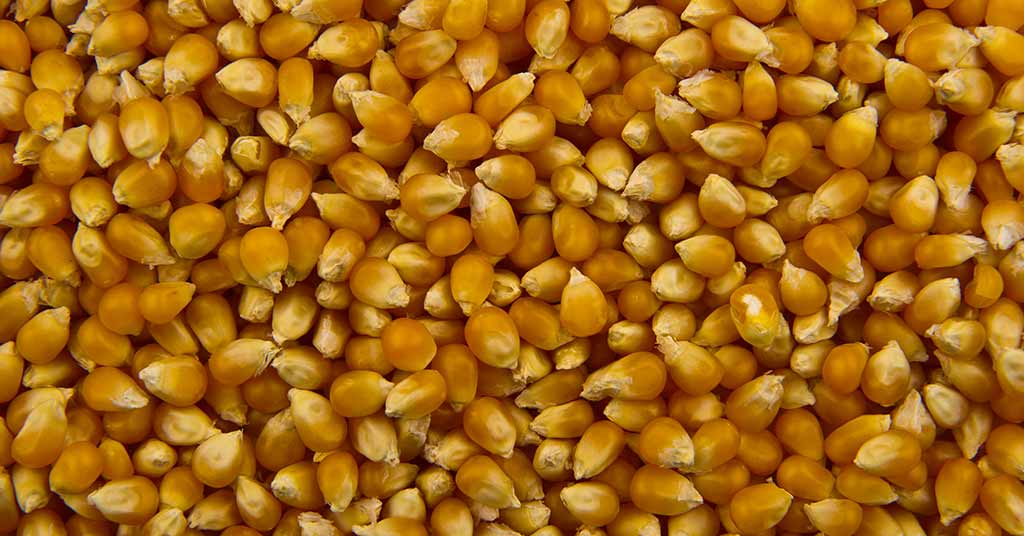Welcome To ChemAnalyst

US farmers are currently reaping an unexpectedly large corn harvest, which is anticipated to be the country's third-largest yield ever, following a dry spring that initially threatened the crop. While this significant yield will put pressure on storage capacity and suppress the prices of this globally traded commodity, it will be advantageous for customers who rely on corn for various uses, including livestock feed, dairy cows, egg-laying chickens, and ethanol biofuel production. However, this situation will tighten profit margins for farmers, who will have to store corn and wait for new demand avenues from exports or domestic uses.
Steve Pitstick, a farmer in northern Illinois, expressed surprise at the successful yield, attributing it to the timely rain, improved genetics, and better planting equipment. The US Agriculture Department (USDA) predicts that the amount of corn in storage post-harvest will surpass the level seen in the last seven years. The corn surplus could be 50% more at the start of the 2024 harvest than this year, marking the largest single-year surge in supplies in nearly two decades.
This surplus will further suppress international corn prices in Chicago, which are already near three-year lows. This comes at a time when some food prices are increasing due to tight supplies of other staples like rice, leading to inflation concerns. Additionally, Brazil, a leading exporter, has also produced a record amount of corn, leading to a shift in the global corn market dynamics from shortage to surplus for the first time since before the pandemic.
Stephen Nicholson, global strategist for grains and oilseeds at Rabobank, suggests that this could create a challenging environment for corn for the next few years. A corn surplus can quickly alter the market dynamics for wheat, soy, and other major crops.
The USDA anticipates that domestic corn supplies will increase by 55% to 2.111 billion bushels in 2023/24 marketing year. This will likely push the global stockpile to a five-year high by September 2024. The surplus will benefit corn buyers, particularly the US chicken industry, which will experience reduced feed costs. However, lower prices will impact incomes for corn farmers.
Farmers with sufficient storage space will avoid selling at a loss this fall and store the corn in hopes of a price increase. Some may shift to planting more soybeans next spring. However, with rising interest rates, storing grain becomes more expensive and risky. Many growers may need to take out loans to fund their operations as they wait for corn prices to rise.
US farmers are also grappling with high fuel and fertilizer costs needed for corn production. Net US farm income is projected to drop by 23% at the end of this year from last year's record high. Harold Wolle, president of the National Corn Growers, stressed the importance of boosting exports and growing ethanol demand to utilize the surplus and maintain farmers' financial stability.
We use cookies to deliver the best possible experience on our website. To learn more, visit our Privacy Policy. By continuing to use this site or by closing this box, you consent to our use of cookies. More info.
